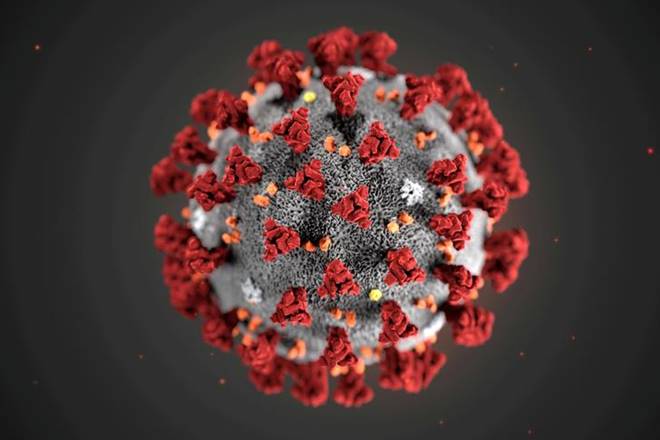Coronavirus Pandemic: Cells likely attacked by SARS-CoV-2 identified! Researchers from Massachusetts Institute of Technology (MIT), Rogan Institute of Massachusetts General Hospital (MGH), MIT and Harvard, and the Broad Institute of MIT and Harvard, worked along with researchers from around the world and have now identified the type of cells which are seemingly being targeted by the coronavirus which causes COVID-19, a press release by MIT has said.
Catch live updates on coronavirus here
The researchers used existing data on the RNA found in the various types of cells, and were able to identify those which had the two proteins which aid in the entry of SARS-CoV-2 into the human cells. Some cells in lungs, intestine and nasal passages were found to express these two proteins much more than other cells in the body.
The release said that the researchers’ team hopes that this finding can aid the teams working on the development of drugs and vaccines against the COVID-19. It further quoted one of the senior authors on the paper, Alex K Shalek as saying that the research team aimed to get as much information and data out to the community as possible at the earliest so that the work being done by various teams across the world could be accelerated.
Coronavirus targets: The process of identification
Soon after the coronavirus outbreak, scientists had identified the protein on the coronavirus which bound to the human cell, and this protein was identified as angiotensin-converting enzyme 2 (ACE2), and the protein which activated the virus spike, called TMPRSS2. These two proteins collectively facilitated the entry of SARS-CoV-2 into the human cells.
The press release, quoting co-senior author Jose Ordovas-Montanes, said that once the role of these proteins was confirmed, the team of researchers started checking those genes and their locations in the existing datasets. He further said that they were in a beneficial position to start an investigation into identifying the actual cells which might be targeted by the virus.
The researchers ran large-scale studies on thousands of human, mouse and nonhuman primate cells, in order to determine the genes that are turned on in these cells, using the single-cell RNA sequencing technology, the press release stated. They also started building a database so that huge datasets could be stored at one place for easier analysis into the potential roles of various cells in cases of infectious diseases.
COVID-19: Which cells are attacked?
The researchers found that in the nasal passage, the cells that produce mucus, known as goblet secretory cells, express the RNAs for both the proteins used by SARS-CoV-2. Meanwhile, in the lungs, the cells likely to be targeted have been identified as type II pneumocytes, which line the air sacs of the lungs and keep them open. In the intestine, nutrients-absorbing cells known as absorptive enterocytes, express these two RNAs more than any others, the press release stated.
Ordovas-Montanes said that while this may not be the complete story, the revelation has made the picture a little more clear for the community, and using this information, the scientists might be able to come up with better counters to the coronavirus problem.








